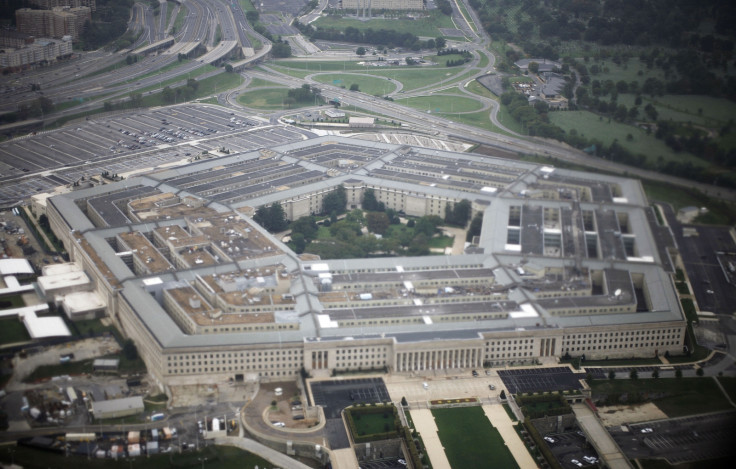Pentagon fury as fresh delays hit $13bn aircraft carrier which is unfit for combat
Supercarrier USS Gerald R Ford is the first of 3 new aircraft carriers being built for the US Navy.

The Pentagon and US Senate have slammed defence contractors as it emerged that a state-of-the-art aircraft carrier is still a long way from combat readiness, despite being two years behind schedule and $2bn (£1.5bn) over budget at a cost of $13bn. The 1,100-foot USS Gerald R Ford, being built by Huntington Ingalls Industries Inc and originally scheduled for 2014, is not ready due to a number of issues which hamper its ability to be of use in combat zones.
Although the Navy continues to insist the ship could be ready by November 2016, It seems likely the carrier will not be ready until 2017 at the earliest after it became apparent that four major issues need to be resolved. Moving onboard munitions, self-defence, conducting air traffic control and, perhaps most crucially, difficulties in the launch and recovery of aircraft, are all listed as problematic in a memo written by the Defence Department's director of operational test and evaluation Michael Gilmore to Pentagon and Navy weapons buyers on 28 June.
"These four systems affect major areas of flight operations," wrote Gilmore in the report, obtained by CNN. "Unless these issues are resolved ... they will significantly limit CVN-78's ability to conduct combat operations."
The Gerald R Ford is scheduled to be the first of three new aircraft carriers, the others being the USS John F Kennedy (CVN 79) and USS Enterprise (CVN 80) as part of an $81.3bn program to build a total of 38 warships and total battle force of 308 ships to be ready by 2021. The three carriers will replace the current Nimitz-class carriers, which include the USS Dwight D Eisenhower and USS Ronald Reagan. However work on the John F Kennedy has barely begun and work on the Enterprise has not yet started.
Navy spokesman Capt Thurraya S. Kent told military.com there were always "inherent challenges" when manufacturing a "first in line" such as the Ford. When completed, she said, the three new aircraft carriers would offer "unparalleled advances in operational availability, flexibility to accommodate high power/energy warfighting advances, higher aircraft launch and recovery rate, reduced manning, and improved survivability to match projected threats."
© Copyright IBTimes 2025. All rights reserved.






















